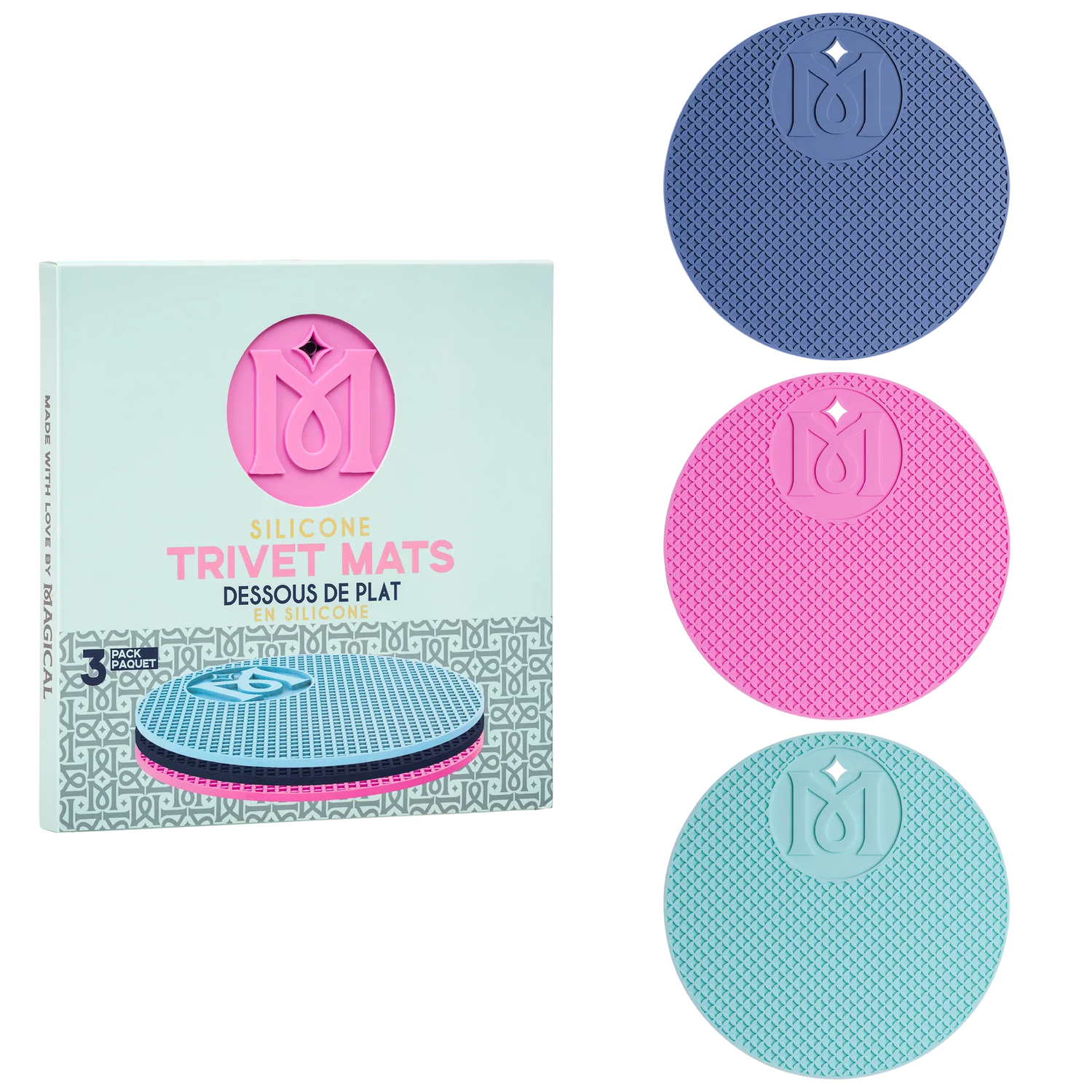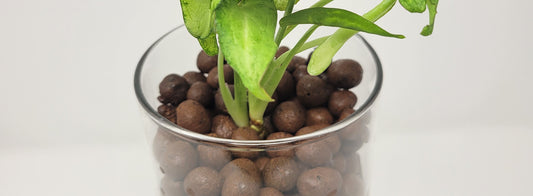High temperatures across the country make it feel like the height of summer, but fall is just around the corner. That means it's time to start planning your fall garden. While many are discussing what to plant, we’re talking about where. This year, consider bringing your summer plants indoors.
Benefits
If, like many, you got a late start this year, you may not be ready to let those peppers, tomatoes, and herbs go just yet. By moving them indoors, you’ll get to enjoy fresh produce throughout the fall and winter. Since they’ll no longer be taking up space in your outdoor garden, you’ll still have room to start your fall plants.

Key Considerations
You’ll need to think about the type and amount of space you have to work with. If you’re working with a small space, you’ll only want to pick your best plants to bring inside. You also need to consider how much light your space has. Unless your room gets all-day sun, you’ll need at least one grow light. You’ll need to provide enough light to keep them growing and producing, which could be a factor in how many plants you can grow indoors.
Plants need a certain amount of humidity to grow at optimal rates. The colder winter air holds less moisture, and plant growth may slow. If your home gets dry during cooler months, consider adding a humidifier to your grow room.
Transplanting to Pots
Once your indoor garden is set up, it’s time to get your plants ready. If your plants are in the ground, start by carefully digging them up and putting them in pots that accommodate most of the root ball. For small plants, 3- to 5-gallons will likely be enough, but for large plants, they may need 10- or 15-gallons. You can always trim the roots down if necessary, but your plant’s growth will likely slow down for a couple of weeks. Adding beneficial bacteria and fungi helps plants adjust and speeds root growth.
You’ll need to use potting soil which is designed to hold moisture while promoting drainage. In a pinch, you can use a mix of compost, coco coir, and perlite. If you haven’t fed your plants in a while, now is a good time to do so. You can amend the soil with worm castings and kelp, or water in a liquid fertilizer when you’re done potting. After you’ve potted your plants, keep them outside for a couple of days to avoid over-stressing them.

How to Transition Inside
Before you start moving pots inside, check for any wildlife that may have made themselves at home. You don’t want to bring them inside with you. Then spray your plants down completely with a hose or spray bottle, this will help remove any insects or eggs that might be hiding. Pay special attention to the underside of the leaves. Set them in the shade and allow them to dry completely.
It’s best to move them inside in the evening and ensure their environment will be completely dark. As you bring them inside, wipe down the bottom of the pots. This will keep your space clean and prevent bugs from hiding out there. Once all your plants are inside, spray them down with an organic pesticide like Green Cleaner as a preventative.
Adjustment Period
Any changes to the environment can cause stress for plants, so they may droop or drop flowers for a few days while they adjust. This is normal and your plants should bounce back in a couple of days. If they are still struggling after 4 or 5 days, consider adjusting your grow space. Your plants may need different a temperature, relative humidity, or light cycle.While this may be a stressful time for your plants, with patience and care, you’ll have abundant harvests all winter. For garden help, call us or connect through chat and we'll answer all your questions.





